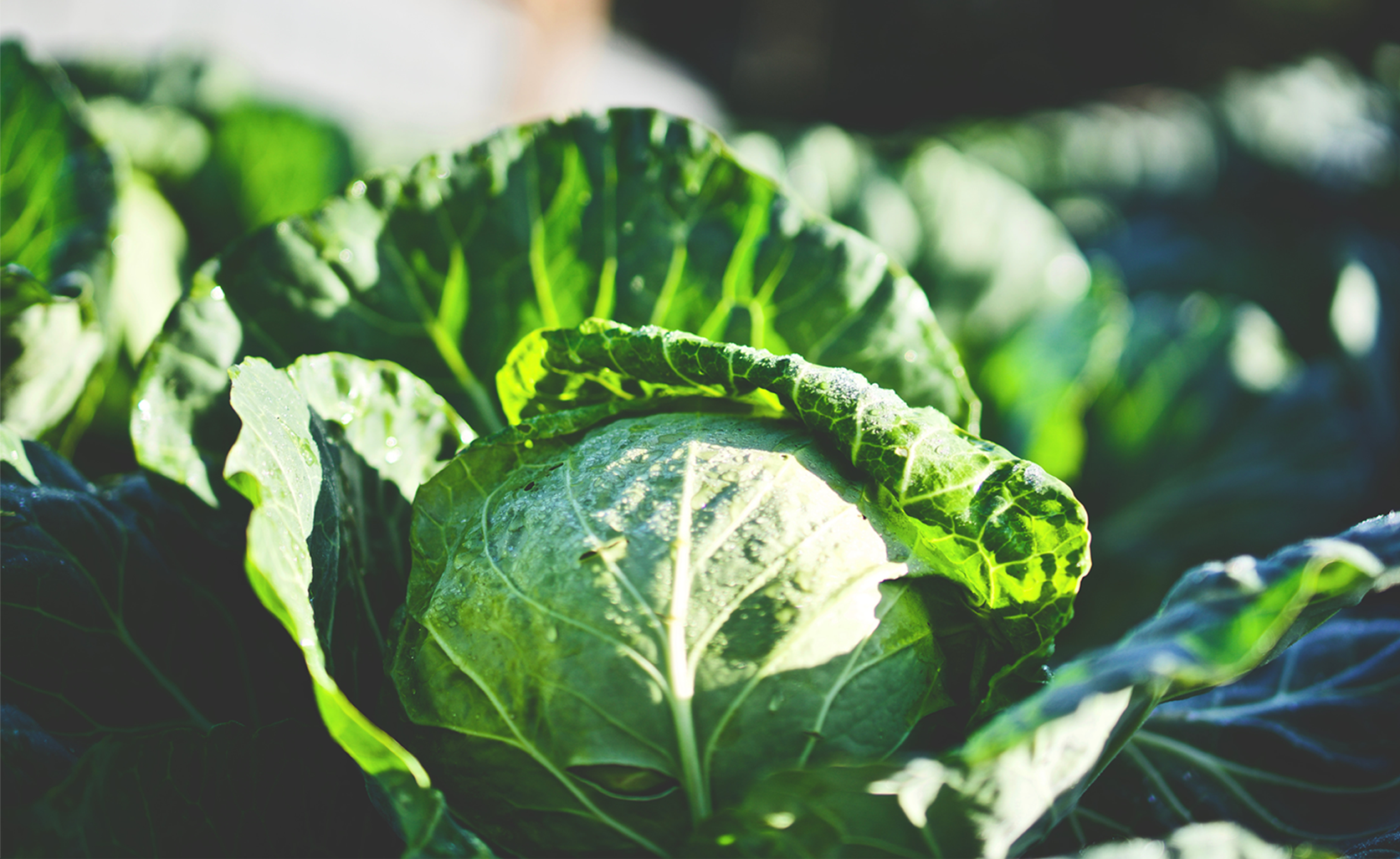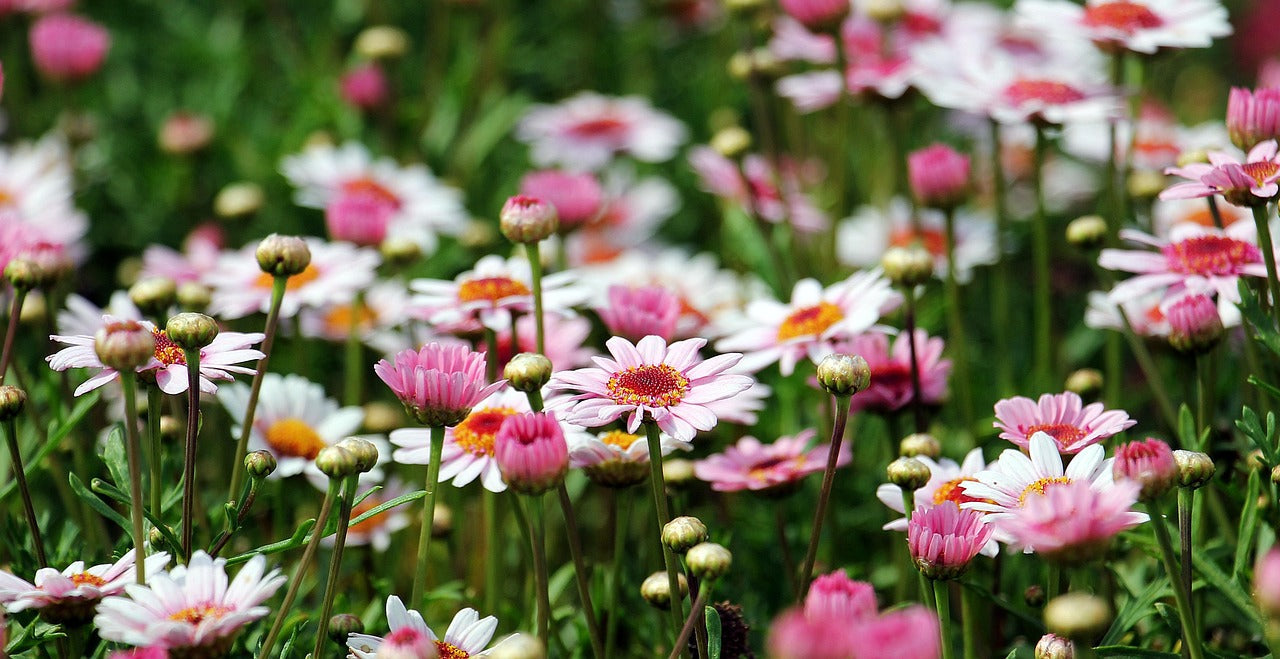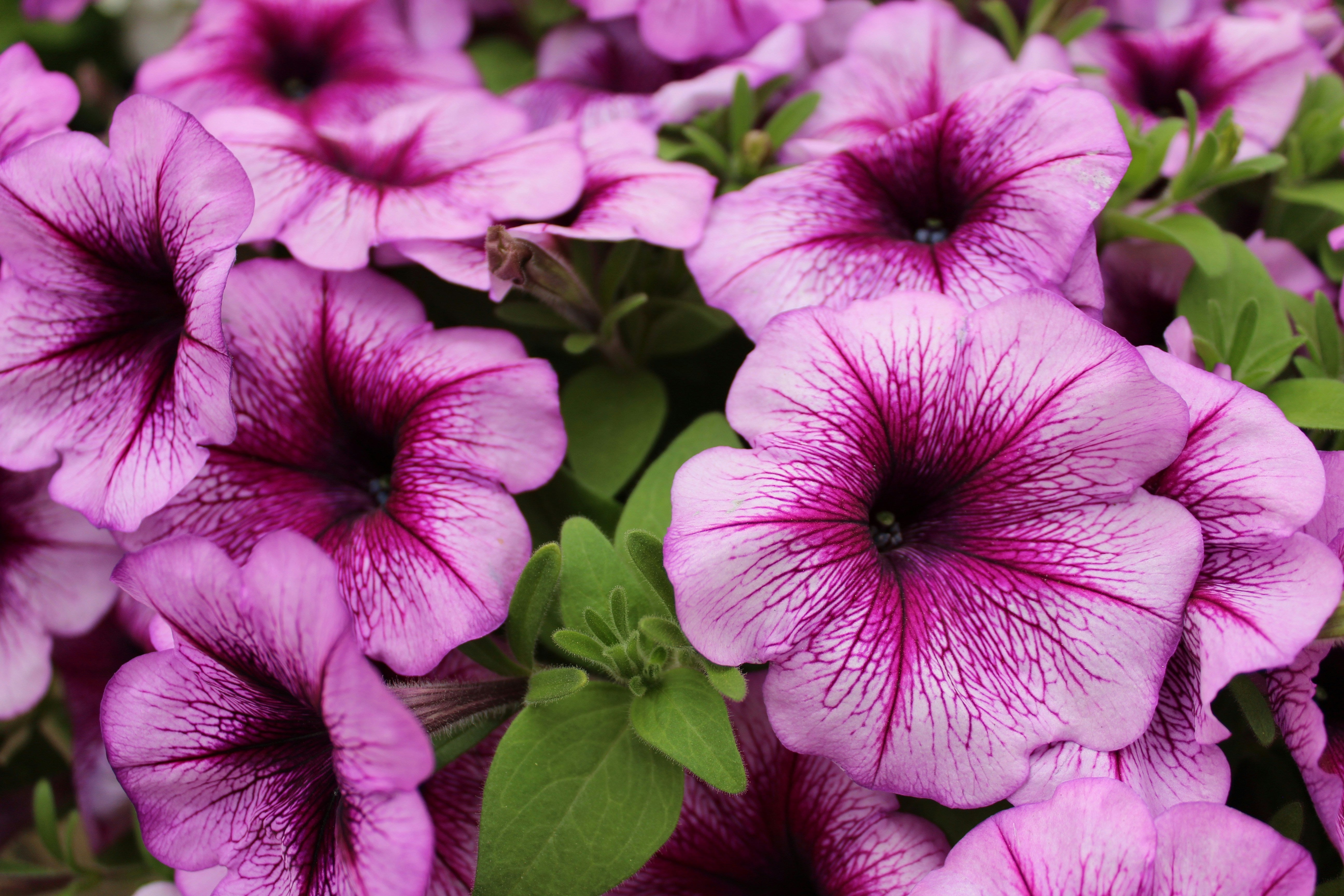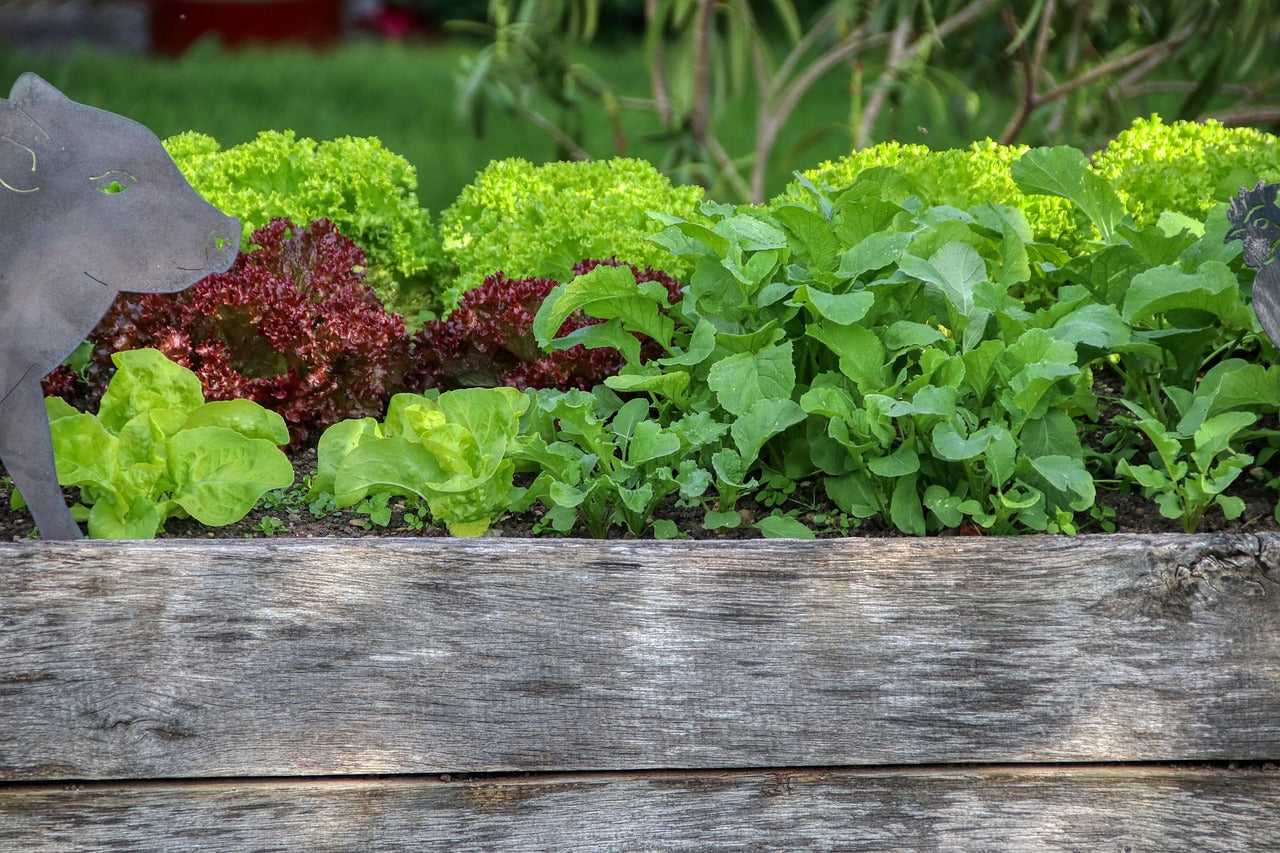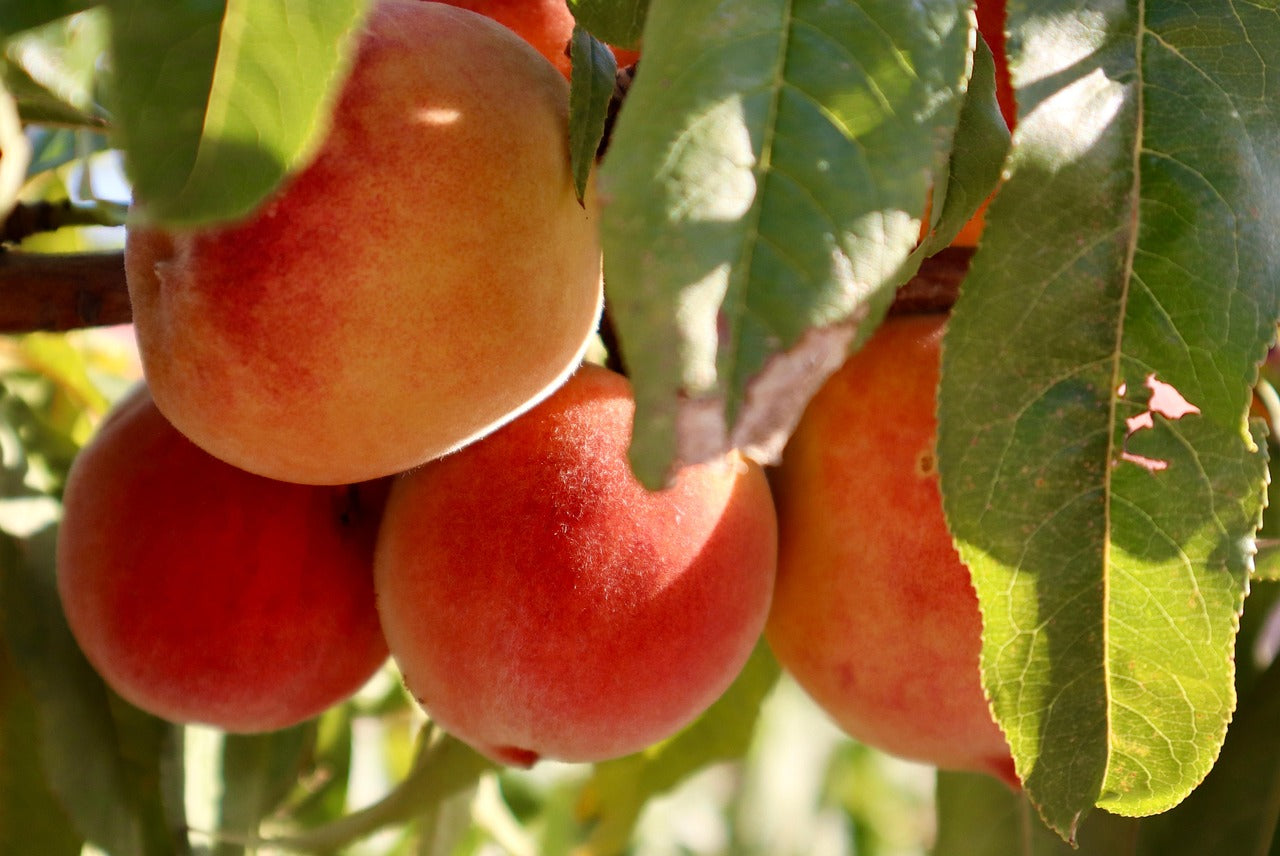Cabbage is packed with health benefits and is relatively easy to grow. As your summer garden is winding down and the cooler months are approaching, from March to early Spring onwards is a great time to plant cabbage (when the temperatures sit below 25 degrees) making it a great winter vegetable.
Cabbage can be grown in the garden or in pots. This versatile plant is beneficial for your gut and grows quickly, with some earlier maturing varieties ready to be harvested in around 12 weeks.

Planting in the Garden
If you are growing cabbage from seed, it is best to sow them in a seed tray using a seed raising mix such as Yates Black Magic Seed Raising Mix. Ensure that the seeds are kept moist throughout their germination period. Once they reach about 7cm in height, you can transplant them to your garden or pot.
Cabbages love a sunny position that is sheltered from strong winds. When planting, add a Dolomite Lime fertiliser such as Tui Dolomite Lime to your garden bed to provide calcium and magnesium to aid more rapid plant growth.
Space your seedlings between 50-70 cm apart in your garden and add a seaweed fertiliser such as Tui Seaweed and Fish Fertiliser. Water the plant both before planting and after but be sure to avoid planting your seedlings when it’s too hot as this may stunt their growth.

Planting in a Pot
When planting cabbage in a pot, you can sow your seeds directly into the pot. We recommend filling the pot with a mix such as the Tui Vegetable mix. Position the pot in full sun and water well after sowing your seeds.
Once seedlings begin to emerge, be sure to feed them with a seaweed fertiliser such as Yates Thrive Natural Fish Seaweed+ Plant Food Concentrate.
Mulching & Feeding
Add mulch around the base of the plants to reduce weed growth and keep the plant roots moist. We recommend using Tui Pea Straw Mulch.
Feeding is essential as it encourages greater growth, as well as assisting the plant in withstanding damage from pests and diseases more easily. Add a seaweed plant tonic one week after planting for an added boost, such as Tui Organic Seaweed Plant Tonic. Continue to feed weekly with seaweed food.

Pests & Diseases
A common pest of cabbages are slugs and snails. Protect your plants from both pests by adding a layer of Tui Quash Control around your plants.
Cabbages can also be prone to the white cabbage butterfly (moth), so keep an eye out for these and the eggs that they may lay on your cabbages. Remove and squash any caterpillars you find and put up a fine netting layer to help prevent the white cabbage butterfly from laying further eggs. You can also grow nasturtium flowers as a companion plant as the caterpillars will eat them instead. To deter the white cabbage butterfly, you can plant marigolds which have a strong smell that dissuades pests like the white butterfly. If the problem continues, add Yates Nature’s Way Derris Dust or spray with Yates Mavrik Insect & Mite Spray to help remove the pests.
Another common pest is the cabbage whitefly. Kill adult whiteflies by spraying underneath the leaves with soapy water for a natural solution. If the problem persists, whitefly can be dealt with using alternating sprays to avoid them building up a chemical resistance. It is best to spray in the morning or evening when the insects are more restful. We suggest spraying cabbages with a rotation of Yates Nature's Way Natural Insect Spray Pyrethrum, Yates Nature's Way Organic Citrus, and Vegie & Ornamental Spray to provide you with a variety.

Pictured: Cabbage Whitefly
Harvesting
Once the cabbage heads are firm all the way through (tested by squeezing), it is time to harvest. The heads will range in size depending on the cabbage variety. Therefore, we recommend harvesting based on the above squeezing method rather than by the actual size of the cabbage. Harvest by cutting the cabbage at the lowest point possible, whilst leaving the base and the loose outer leaves intact to support the regrowth of another cabbage. Sometimes, several smaller cabbages will grow on the same cabbage plant.

Top Tip: Be mindful to rotate your cabbage plants around your garden each year as they are prone to attracting pests and diseases which linger in the soil.

